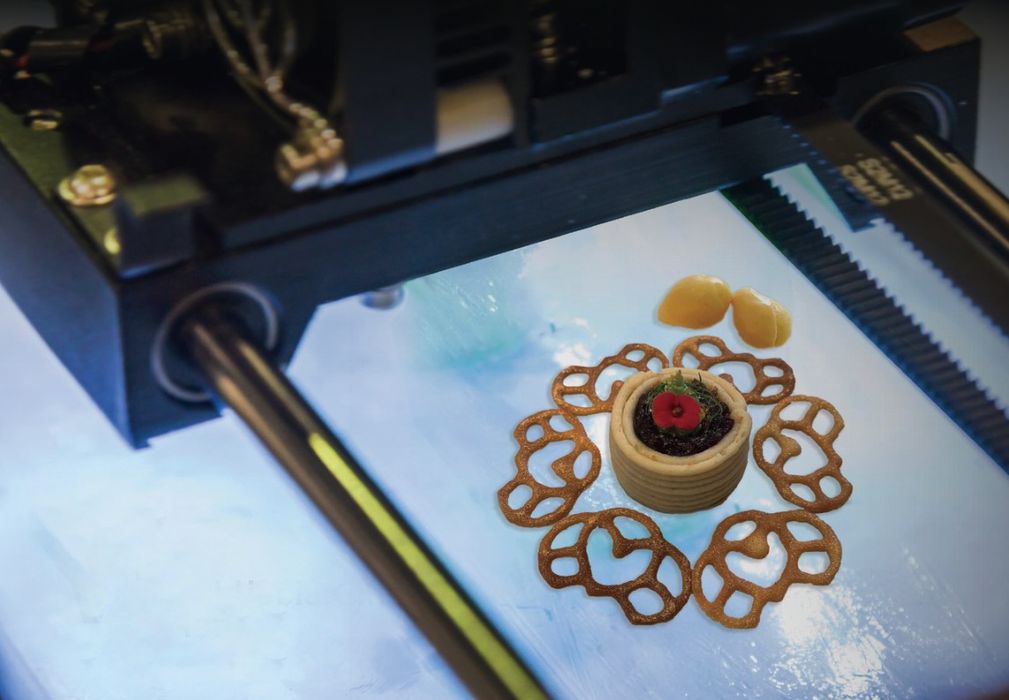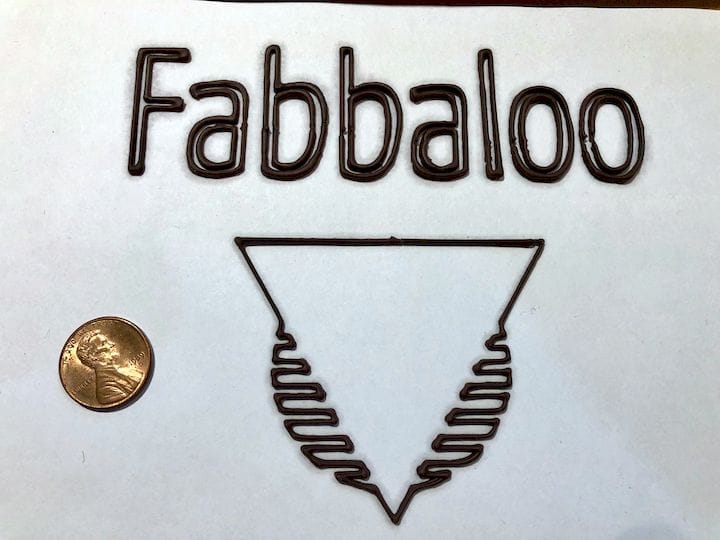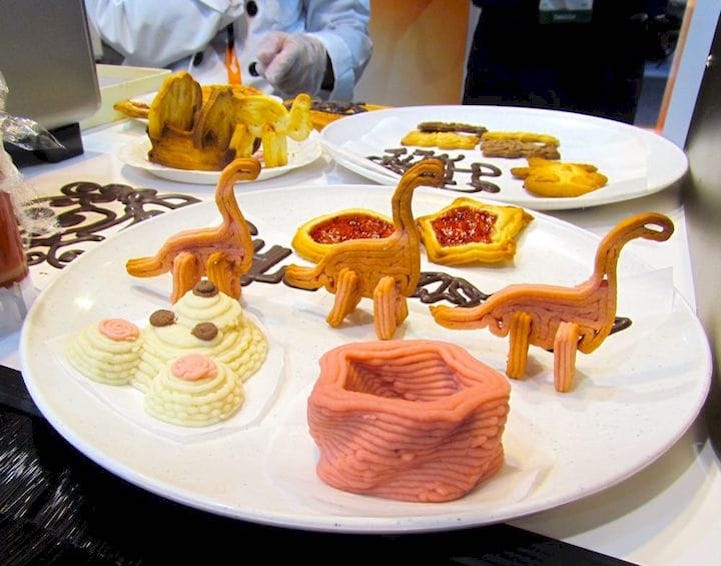
This week’s selection is “Digital Gastronomy: From 3D Food Printing to Personalized Nutrition”.
This book is one of a four-part series on 3D printing technologies produced by a group of researchers from Singapore and China. Other books in the series focused on bioprinting, lasers and electronics manufacturing, but this one is about a topic of some interest: food 3D printing.

3D printing food is a subject I’ve continually heard of from when I started in this business over 15 years ago. In spite of the decade and a half that has passed since then, we have yet to see any food 3D printing technology take hold and become pervasive, as has been the case with other uses of the technology.

There are plenty of reasons for this lack of 3D printed food, but certainly one is not due to lack of experimentation. There have been countless food printing experiments take place involving dough, chocolate, meat and basically any edible substance that can be made into a paste and extruded. In addition, there have been forays into powder-based food printing using sugar particles.
This book takes a deep look at food printing technology. In their preface, the authors said:
“3D printing of food has attracted, growing interest in recent years; it offers unique advantage is not achievable by traditional means of food preparation — for instance, personalization of food properties, such as shapes and textures to meet the unique requirements of individual consumers, automation in food preparation, and promoting food sustainability through 3D printed cell-based meats and alternative proteins.”
This is the essence of 3D printed food: it’s not about mass producing identical dishes. Instead it’s about producing personalized items that are optimal for a person and their situation. This is quite analogous to the dilemma facing the 3D printing of mechanical parts: why print the same parts in a more expensive manner? Instead those industries are making NEW parts that are radically different and offer new properties, including personalization.
The book provides an introduction to the topic, and surveys the industry to explain current activities in food 3D printing.
A section explains how fruits and vegetables can be printed, while another looks at meats, proteins and alternative proteins.
One section discusses the notion of 3D printed drugs, something that has gathered some attention. It’s possible to 3D print pills for patients that offer incredibly complex drug regimes. For example, dosage could be altered in each pill and taken in sequence.
The authors look at the current state of the regulatory environment surrounding food 3D printing, which does offer some challenges. Current regulations are focused on traditional methods of preparing food, and 3D printed food may push the envelope of their scope.
Finally, the book looks at possible business opportunities in the space, and proposes a future outlook for food 3D printing.
If you’re serious about food 3D printing, this book could certainly get you up to speed very quickly on the current state of affairs.
We’re an Amazon Associate and earn a small fee from qualifying purchases. Help support our 3D print news service by checking out this book!
Via Amazon
